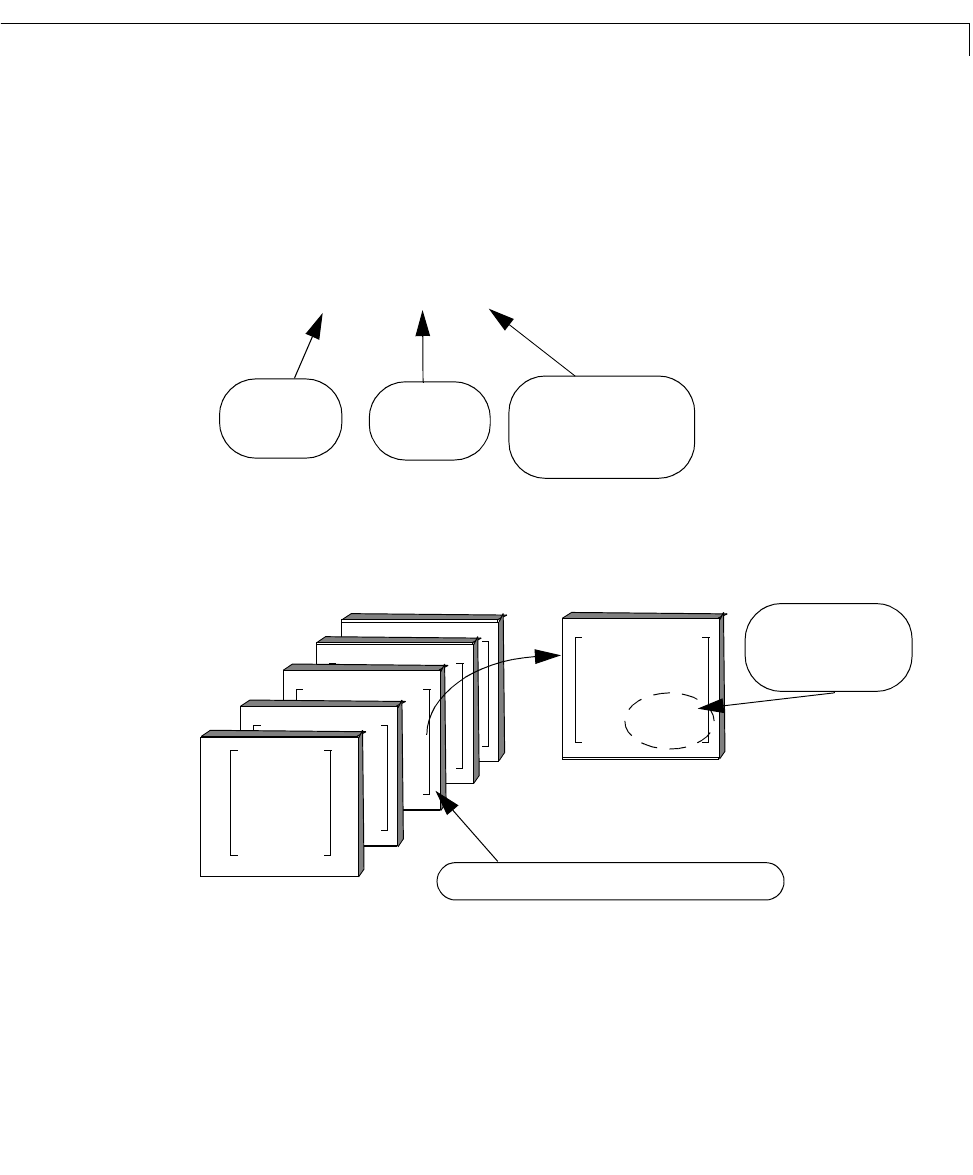User`s guide
Table Of Contents
- Preface
- Quick Start
- LTI Models
- Introduction
- Creating LTI Models
- LTI Properties
- Model Conversion
- Time Delays
- Simulink Block for LTI Systems
- References
- Operations on LTI Models
- Arrays of LTI Models
- Model Analysis Tools
- The LTI Viewer
- Introduction
- Getting Started Using the LTI Viewer: An Example
- The LTI Viewer Menus
- The Right-Click Menus
- The LTI Viewer Tools Menu
- Simulink LTI Viewer
- Control Design Tools
- The Root Locus Design GUI
- Introduction
- A Servomechanism Example
- Controller Design Using the Root Locus Design GUI
- Additional Root Locus Design GUI Features
- References
- Design Case Studies
- Reliable Computations
- Reference
- Category Tables
- acker
- append
- augstate
- balreal
- bode
- c2d
- canon
- care
- chgunits
- connect
- covar
- ctrb
- ctrbf
- d2c
- d2d
- damp
- dare
- dcgain
- delay2z
- dlqr
- dlyap
- drmodel, drss
- dsort
- dss
- dssdata
- esort
- estim
- evalfr
- feedback
- filt
- frd
- frdata
- freqresp
- gensig
- get
- gram
- hasdelay
- impulse
- initial
- inv
- isct, isdt
- isempty
- isproper
- issiso
- kalman
- kalmd
- lft
- lqgreg
- lqr
- lqrd
- lqry
- lsim
- ltiview
- lyap
- margin
- minreal
- modred
- ndims
- ngrid
- nichols
- norm
- nyquist
- obsv
- obsvf
- ord2
- pade
- parallel
- place
- pole
- pzmap
- reg
- reshape
- rlocfind
- rlocus
- rltool
- rmodel, rss
- series
- set
- sgrid
- sigma
- size
- sminreal
- ss
- ss2ss
- ssbal
- ssdata
- stack
- step
- tf
- tfdata
- totaldelay
- zero
- zgrid
- zpk
- zpkdata
- Index

The Concept of an LTI Array
4-5
Just as you might collect a set of two-by-two matrices in a multidimensional
array, you can collect this set of five transfer function models as a list in an LTI
array under one variable name, say,
sys. Each element of the LTI array is an
LTI model.
Individual models in the LTI array
sys are accessed via indexing. The general
form for the syntax you use to access data in an LTI array i s
For e xample, you can access the t hird model in
sys with sys(:,:,3).The
following illustrates how you can use i ndexing to select models or t heir
components from
sys.
Figure 4-3: Using Indices to Select Models and Their Components
See “ Indexing Into LTI Arra ys” on page 4-20 for more information on indexing.
sys(Outputs,Inputs,Models)
The first index
selects the output
channels.
The second in-
dex selects the
input channels.
The remaining indices select
particular models in the LTI
array by their array coordi-
nates.
1.11
s 1.2+
-----------------
0
0
1
s 5.4+
-----------------
sys(:,:,3) selects the third model in the array.
sys(2,2,3) selects
the (2,2) entry of the
third model in the array.
1.09
s 1.4+
-----------------
0
0
1
s 5.8+
-----------------
1.15
s 1.3+
-----------------
0
0
1
s 5.6+
-----------------
1.11
s 1.2+
-----------------
0
0
1
s 5.4+
-----------------
1.3
s 1.1+
-----------------
0
0
1
s 5.2+
-----------------
1.1
s 1+
------------
0
0
1
s 5+
------------










